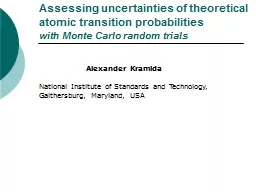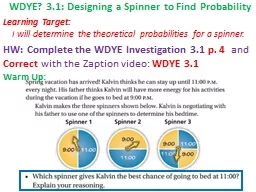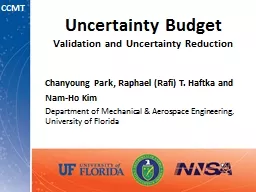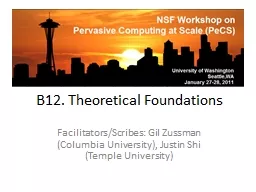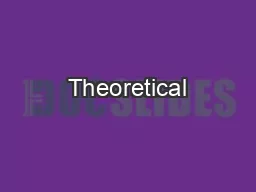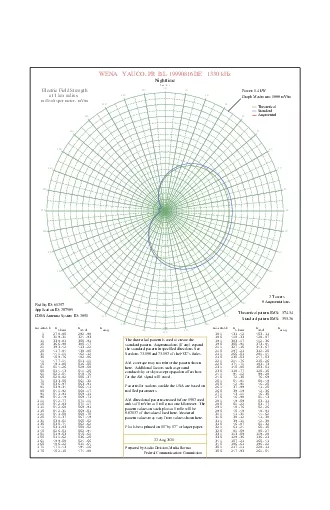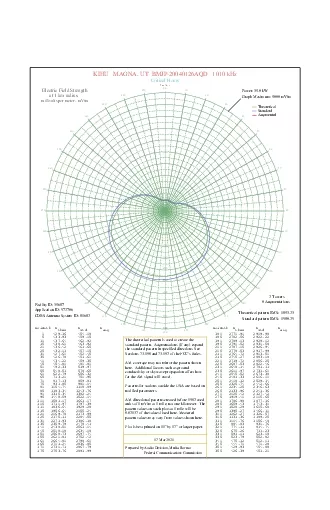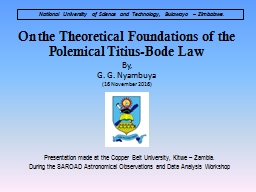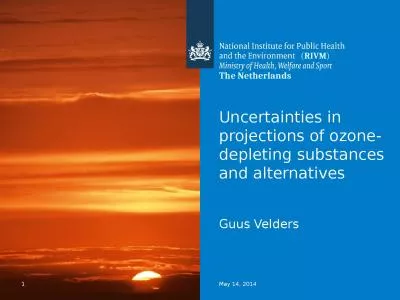PPT-Assessing uncertainties of theoretical atomic transition probabilities
Author : cozync | Published Date : 2020-10-22
with Monte Carlo random trials Alexander Kramida National Institute of Standards and Technology Gaithersburg Maryland USA Parameters in atomic codes Transition
Presentation Embed Code
Download Presentation
Download Presentation The PPT/PDF document "Assessing uncertainties of theoretical a..." is the property of its rightful owner. Permission is granted to download and print the materials on this website for personal, non-commercial use only, and to display it on your personal computer provided you do not modify the materials and that you retain all copyright notices contained in the materials. By downloading content from our website, you accept the terms of this agreement.
Assessing uncertainties of theoretical atomic transition probabilities: Transcript
Download Rules Of Document
"Assessing uncertainties of theoretical atomic transition probabilities"The content belongs to its owner. You may download and print it for personal use, without modification, and keep all copyright notices. By downloading, you agree to these terms.
Related Documents

